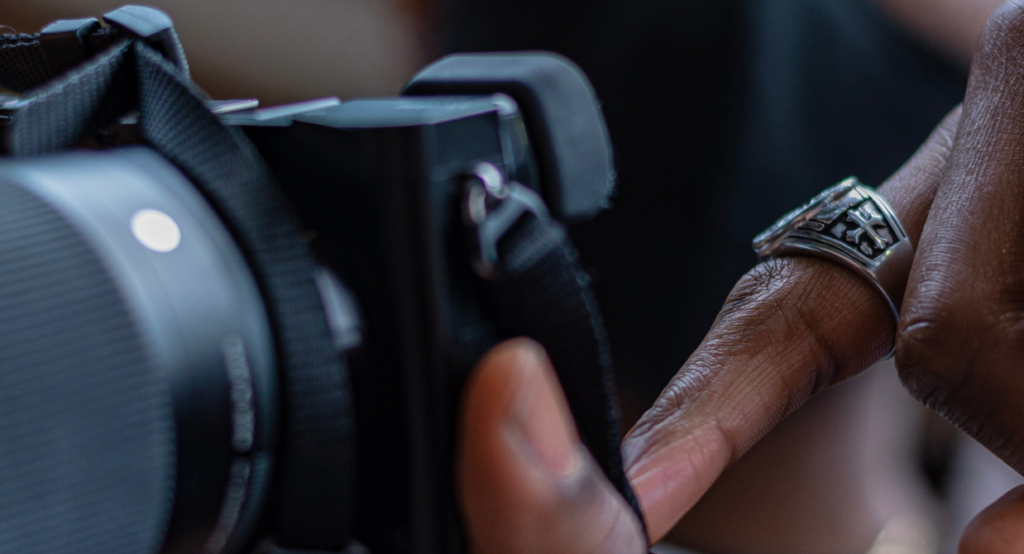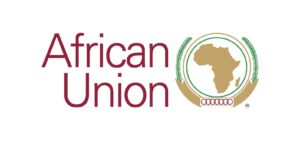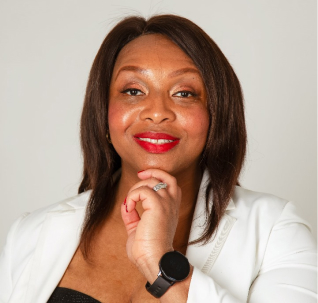Over the past several decades, African countries, under the aegis of the African Union (AU) have been crusading media and communication initiatives aimed at addressing negative images of the continent as a conflict zone. The call for the New World Information and Communications Order (NWICO) in the early 1970s, is one such early campaigns that drew global attention to imbalances in global news flow coupled with negative coverage of Africa particularly in western media, and the effects of such representations on the continent’s development, peace and security. Wa’Njogu (2009) for example asserted, “Western media have continued to create images of Africa that portray her as reductive, dependent and crisis-ridden.”
Indeed, Africa has been challenged by diverse forms of conflicts. From independence in the early 60s,
through to 2004, 16 (sixteen) West African states alone have encountered at least 82 coup plots, seven civil wars and many other forms of political conflicts. However, African governments and scholars argue that there are many ways of showing the realities of the continent without projecting negative and stereotypical frames at the expense of stories that provide opportunities for peace and security.
Decades later, the AU revisits some of the NWICO concerns with the launch of a flagship campaign in 2019, dubbed “Silencing the Guns: Creating Conducive Conditions for Africa’s Development.” The campaign is a call for peace and security in Africa and it seeks a fundamental change in conflict reporting from reaction to preventive and peacebuilding reportage. Underscoring the media’s power to shape political, social and cultural norms positively, the campaign implicates African journalists and photojournalists, particularly those working in Africa in the continental goal.
Contestations about visual framing of conflict using iconic photos of war victims underscore the focus on photojournalists working in Africa. While western media have been largely blamed for constructing negative tropes about the continent, researchers noted that African media are equally culpable because they have tended to perpetuate negative constructions partly because of their continued dependence on western media sources for news, photographs and texts to tell stories about Africa. Given that their stories and images are the artefacts for telling the African story, this places African journalists and, particularly, photojournalists directly at the centre of the discourse. The AU recognizes this as it articulates as part of the campaign’s objectives, capacity enhancement for African photojournalists to enable them share powerful images that tell Africa’s story from an African perspective and to inculcate in African people, the spirit of Pan Africanism.
The success of such campaigns, as timely and laudable as they are, is perhaps hinged to their ability to recognise the dynamics that attend the targets of such capacity enhancement efforts. In particular attention needs to focus on the unique experiences of women covering conflict, peace and security in Africa and more so those of women photojournalists. Men and women are known to experience and function in media differently given the industry’s highly gendered nature. For instance, males enjoy more prestige and flexibility (Steiner, 2007) and are also more likely to be assigned coverage of war which is deemed a hard news theme. Such gendering is even more pronounced in the differences that attend the sub discipline of photojournalism (Steiner, 2017).






